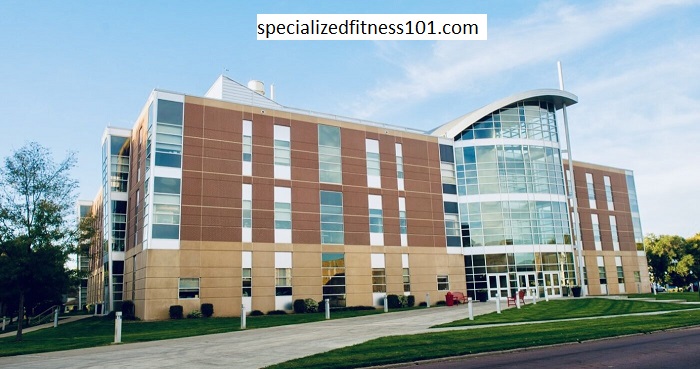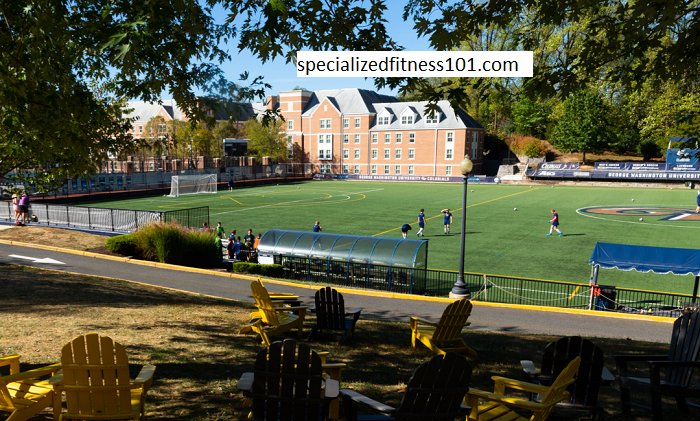George Washington Mission Fit SDN: A Vision for the Future of Medical Education:
George Washington The landscape of medical education continues to evolve with innovations that best prepare future physicians for the complexities of the healthcare system. One initiative has been the GWU School of Medicine & Health Sciences’ Mission Fit SDN, which has led the way in reshaping the way students are trained to be not only good clinicians but compassionate leaders, advocates, and lifelong learners.
In this article, we will explore the Mission Fit SDN program, its alignment with healthcare’s evolving needs, its goals, and its significance in the broader context of medical education reform.

What is Mission Fit SDN?
George Washington:
The Mission Fit SDN is a unique and innovative program offered by George Washington University School of Medicine & Health Sciences (SMHS) to integrate holistic development, personalized education, and a mission-driven approach to medical training. It specifically ensures that students develop a well-rounded skill set in clinical expertise, critical thinking, teamwork, leadership, and cultural competence.
The SDN in the title refers to “Self-Directed Network,” part of the curriculum that allows a student to learn in his/her way, while mission fit refers to fitting individual goals, values, and interests of a medical student within the greater mission of the GWU School of Medicine, which involves providing patient-centered care and contributing meaningfully to the healthcare community.
This innovative program came about due to the growing need for healthcare professionals who are adaptable, empathetic, and capable of handling the rising complexities of modern medicine. The SDN model encourages a collaborative learning environment and empowers students to take ownership of their educational experience.
Key Features of the Mission Fit SDN Program:
George Washington:
The Mission Fit SDN combines several components that make it different from traditional models of medical education. Among these are:
1. Tailored Curriculum Development
The Mission Fit SDN program allows medical students to take a more personalized approach to their education. Instead of following a rigid, one-size-fits-all curriculum, students are encouraged to identify their specific interests, strengths, and areas for improvement. Through a combination of self-directed learning, mentorship, and elective opportunities, students can tailor their education to align with their future goals.
This flexibility ensures that students are exposed not only to foundational medical knowledge but also the opportunity to delve deeper into areas of specialization that align with their passions—be it public health, research, global health, or medical technology.
2. Interdisciplinary Approach
Another defining characteristic of the Mission Fit SDN program is its interdisciplinary nature. Understanding that healthcare is a collaborative effort, the program fosters teamwork and partnerships across different fields of medicine, public health, nursing, social work, and even law and business. Students participate in joint projects and learn from faculty across these disciplines, ensuring they are equipped to work in diverse, multifaceted healthcare teams in the future.
This approach not only enhances clinical learning but also instills in students the importance of holistic care, where needs are met in a multi-pronged way by various professionals in healthcare.
3. Focus on Cultural Competence and Health Equity
A core value of the Mission Fit SDN program is an emphasis on cultural competence and health equity. It trains medical students to understand the unique health needs of underserved and marginalized populations. Through community-based learning, internships, and clinical rotations in diverse settings, students can gain firsthand experience in understanding social determinants of health and the provision of equitable care.
The program also engages students with larger public health issues and hence helps students acquire the skills required to be good advocates for systemic change. The mission-driven philosophy is a basic foundation of this program and a commitment to reducing health disparities.

4. Self-Directed Learning and Reflection
One of the core components of the Mission Fit SDN program is self-directed learning. Tools and resources are availed to medical students to help manage their educational journey. The structured mentorship and guidance enable students to personally set goals, track and monitor progress, and then review their learning experience.
Self-reflection is an essential component of the program, as it encourages students to think critically about their strengths and weaknesses and how they can continually improve as future healthcare professionals. This fosters a growth mindset, which is essential in an environment as dynamic and demanding as medicine.
5. Longitudinal Mentorship and Support
One of the features that makes the Mission Fit SDN program stand out is its strong mentorship structure. Students are matched with mentors who are not only faculty members but also professionals who share similar values, interests, or career goals. This mentorship is for the entire duration of the program, and students are given guidance and advice throughout the medical education journey.
The program continues providing emotional and psychological support to keep the students performing and maintaining their general well-being during medical training. In this light, the student would be very much grounded while on the long way.
Goals and Impact of the Mission Fit SDN Program:
George Washington:
The ultimate aim of the Mission Fit SDN program is to develop balanced and versatile physicians who not only possess technical proficiency but also think critically, collaborate, and advocate for health equity. As such, the program acknowledges that the future of healthcare requires physicians to be flexible, empathetic, and lifelong learners.
Important aims of the program are:
George Washington:
Enhanced Patient Care. The program shall develop future physicians who are well-equipped to care for patients centered on their cultural needs and shall be able to provide care with sensitivity towards the unique needs of persons from diverse backgrounds.
Healthcare Leadership The course aims at building leadership qualities among medical students. This should help them play their part in health administration, policy formulation, and advocacy. As a result, the entire health system should improve.
Commitment to Public Health and Global Health:
George Washington:
Through exposure to a wide range of healthcare challenges, students are encouraged to pursue careers in public health, global health, and research, to address the most pressing health issues facing the world today.
Fostering Lifelong Learning:
George Washington:
Mission Fit SDN program places high emphasis on personal and professional continuous development. All students are thus equipped to remain self-directed lifelong learners in careers, keeping pace with the changing medical sciences and best practices.
Challenges and Future Directions:
George Washington:
While the Mission Fit SDN program represents a forward-looking approach to medical education, there are challenges inherent in this new model. Chief among these challenges is the ability to balance flexibility and personalization with the rigors of meeting accreditation standards. However, this program has been structured to ensure that students meet all essential educational requirements while still enjoying the freedom to explore their interests.

Looking to the future, the program may evolve to include even more integration with technology, with virtual learning platforms and data analytics playing an increasingly important role in self-directed learning. Additionally, as healthcare continues to become more globalized, the Mission Fit SDN program may expand to include more international collaborations and opportunities for students to engage with global health initiatives.
